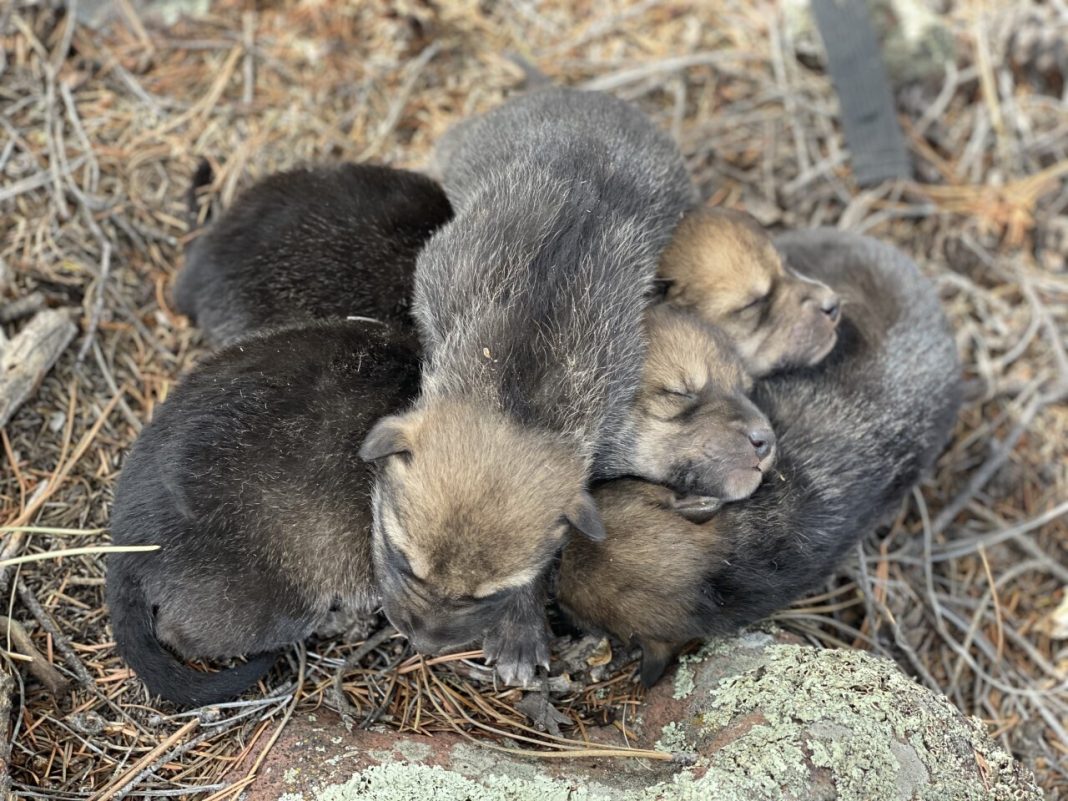Cross-fostering is when you add babies, that are very similar in age, to an existing litter. The mother will generally accept and raise the little ones as her own. I remember many times as a kid doing this with chickens. After getting some from the local feed shop you put them under the sitting “cluck” and she would raise the babies. In the wild, two well-known birds that will lay their eggs in other bird species’ nests include the Cowbird and Cuckoo. The U.S. Fish and Wildlife Service has been trying this with Mexican wolves.
In 2015 the U.S. Fish and Wildlife Service began the cross-fostering program for Mexican wolves. A major goal of the program is to bring genetic diversity into the packs. The wolf pups come from captive breeding facilities and the pups are brought into dens for the already nursing mothers to accept and raise the additional pups.
Mexican Wolves in The American Southwest
The success criteria are measured when the fostered pups mature to breeding age. During the last seven years, thirteen of these pups have reached that milestone between Arizona and New Mexico. Additionally, four of these thirteen fostered wolves have now bred and raised litters in the wild helping to sustain the Mexican wolf population with more genetically diverse wolves in the packs.
The Mexican wolf is the smallest and most southern located of the wolf species in North America. In 1976, they were listed as endangered and seven were captured to help save the species. Fast forward and there are about 400 captive wolves that are used in cross-fostering from those original seven. In the wild, there are approximately 200 Mexican wolves on the landscape. As a result, when more pups are cross-fostered it’s considered a big success.
You can read more about this program by clicking here. Likewise, you can read more Arizona hunting news by clicking here.















